Life on Earth
Ecosystems
An ecosystem is a community of animals, plants, micro-organisms, non-living things and their shared environment. Find out about energy transfer, niches and competition in ecosystems.

Distribution of organisms
Abiotic factors are non-living variables. Biotic factors are the interactions between organisms. Both affect diversity and distribution. Sampling helps us to estimate numbers of organisms in an area.

Photosynthesis
Photosynthesis is the process by which green plants use sunlight energy to make their own food. It takes place inside the chloroplasts of plant cells.
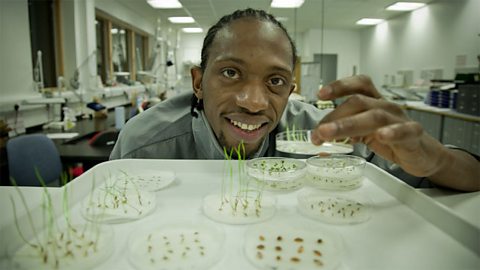
Energy in ecosystems
All organisms require energy. The feeding relationship in an ecosystem can be shown in a foodchain. Learn about pyramids of biomass, energy and numbers.
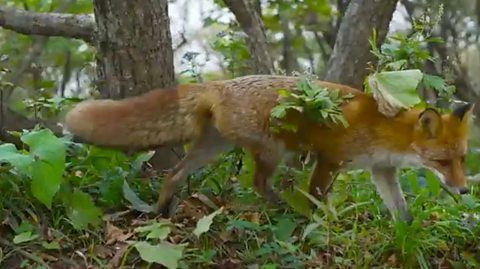
Food production
A growing human population demands increased food production. Farmers try to meet that demand by intensive farming, using fertilisers and pesticides that are impacting on the environment.

Evolution of species
Mutations can alter the genes of individuals in a beneficial or detrimental way and introduce variety into a species.
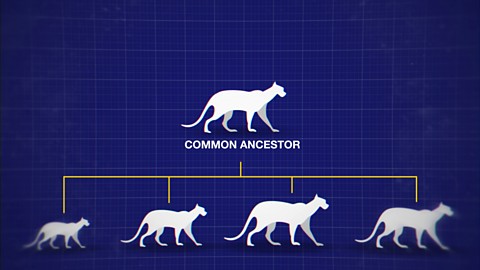
Apparatus and techniques
There is a range of apparatus that National 5 Biology students must have knowledge of. The course also involves being able to describe and carry out experimental and measuring techniques.

Video playlist
National 5 - The Nitrogen cycle. Video
The nitrogen cycle is the flow of nitrogen through the air, soil and living organisms.
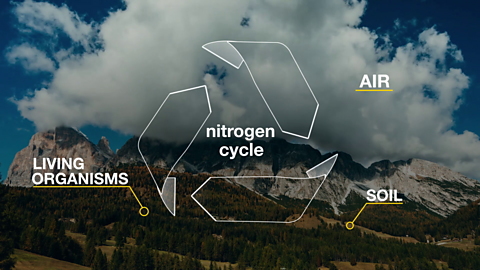
Abiotic measurement equipment. Video
Sunlight, temperature and soil pH can all be measured with specific equipment.
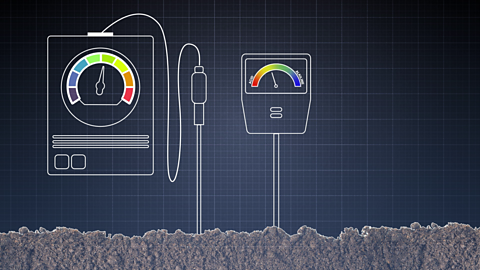
Climate change and barnacle distribution. Video
Professor Richard Fortey looks at the effect of global warming on barnacle distribution.
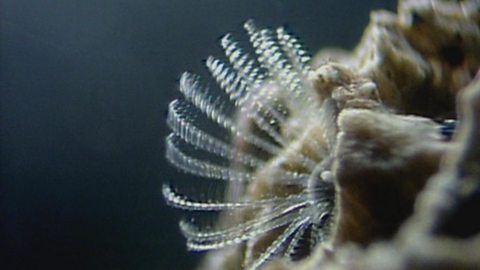
Photosynthesis and respiration. Video
The ATP cycle in plants.

Adaptations for rock pool survival. Video
Professor Richard Fortey examines techniques used by sea anemones to survive a rock pool.
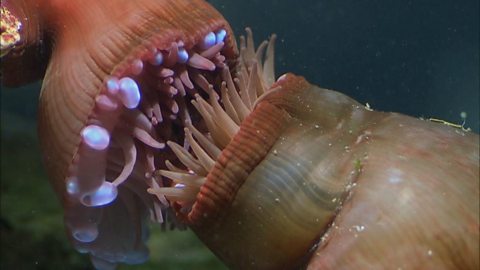
Biodiversity and the human implications. Video
Why is conserving biodiversity important for human existence?
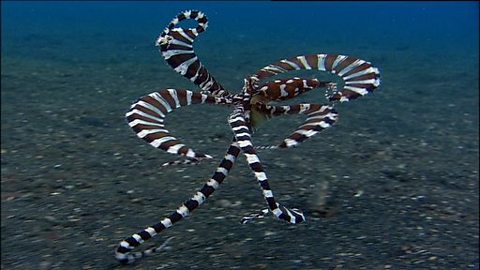
Order of evolution. Video
Speciation occurs when a population becomes separated by an isolation barrier.

Adaptation of plant life to extreme cold temperatures. Video
How is plant life adapted to survive in freezing Arctic temperatures?
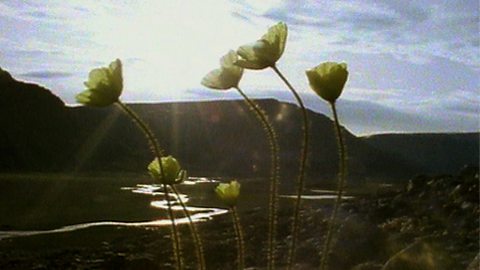
Adaptation of birdcage plant, puffball and star fungi. Video
How can air be used to disperse seeds and spores?
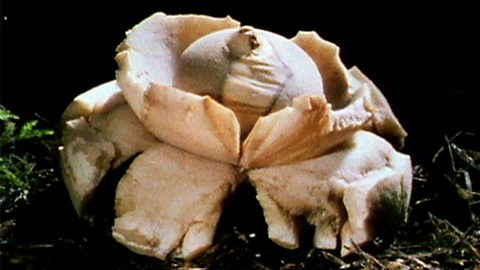
Migration and response to tidal changes. Video
Professor Richard Fortey investigates the rhythmical behaviour of the Eurydice pulchra.
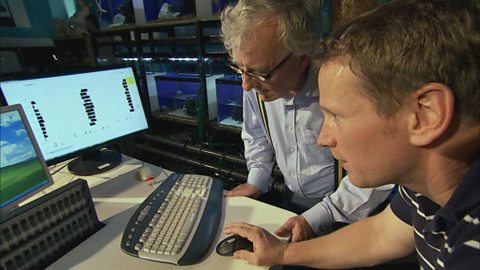
Adaptation of walia ibex in finding a niche habitat. Video
Walia ibex live on sheer cliffs in Ethiopia and have adapted to survive on steep cliffs.
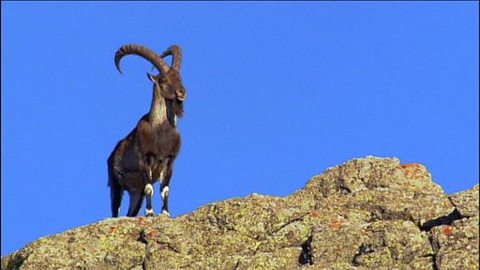
Rock pools by night. Video
Professor Richard Fortey explores the behaviour of a glass shrimp when oxygen levels fall.
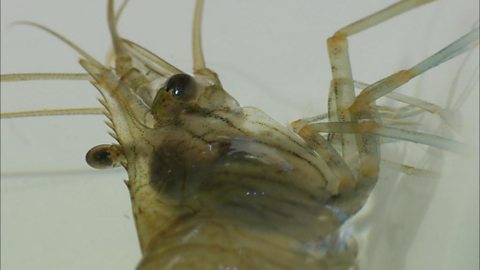
Evolution of seaweed. Video
Professor Richard Fortey explains seaweed's role in maintaining a rock pool ecosystem.
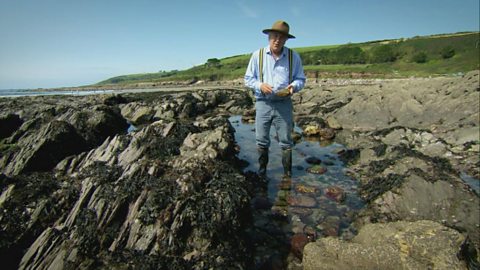
Predator prey relationships in rock pools. Video
Professor Richard Fortey looks at the hunting skills of the starfish and the dog whelk.
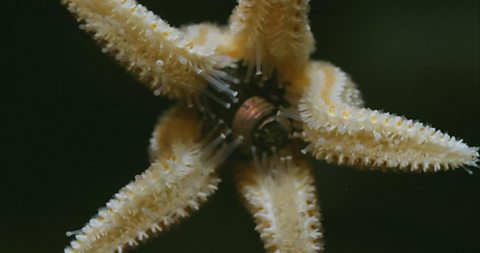
Links
- External linkExternal link
- External linkExternal link
- External linkExternal link
- External linkExternal link